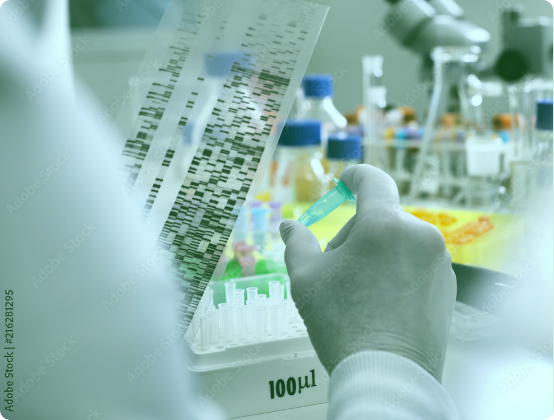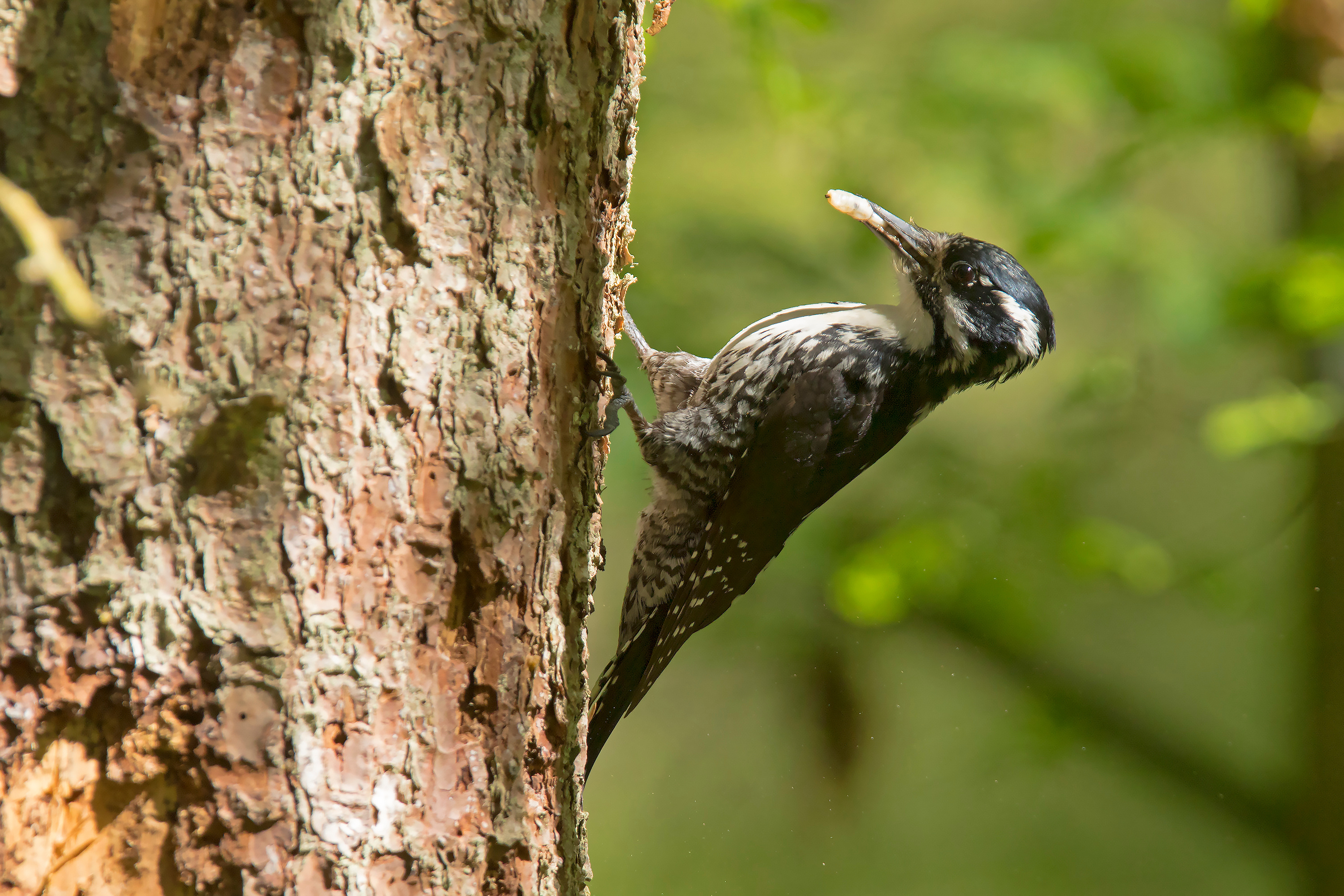DNA Barcoding

What is DNA barcoding?
A DNA barcode is a short gene fragment enabling the delimitation of taxonomic groups, including species. This makes DNA barcoding a powerful tool for identifying species at any life stage and based on any tissue type.
DNA metabarcoding is a novel approach based on mass sequencing of a DNA or RNA fragment. It uses modern technologies, including high-throughput sequencing. DNA metabarcoding allows for multiple taxa from one or several target groups of organisms to be identified simultaneously. DNA metabarcoding is useful in the study of both ancient and modern populations and communities, as well as in the identification of organisms, whose life stages might be particularly difficult to determine. A DNA metabarcoding analysis can also be performed on environmental samples, including water, soil, air, and animal or plant tissues, thereby opening up new opportunities for biodiversity research and monitoring. eDNA analyses rely on published barcode sequences available from genetic databases and reference libraries to support research on complex species interactions and monitor highly diverse ecological communities.
Why DNA barcoding?
Understanding biodiversity dynamics and their contribution to ecosystem functioning is a major challenge for researchers in ecology. The unprecedented loss of biodiversity requires a new approach to accelerate species inventory, classification and monitoring.
The introduction and wide use of DNA barcoding has significantly contributed to the taxonomic identification of various groups of organisms, thereby facilitating rapid biodiversity assessment and monitoring across territories and aquatories. When combined with environmental samples and analyses, it enables the rapid assessment and monitoring of biodiversity, identification of invasive, rare or protected species, pathogens and pests.


Accurate species identification is fundamental for biological research, biodiversity conservation and management. It is highly valuable across various additional applications, including forensics and food authentication.
Targeted, systematic and large-scale inventory of the diversity of major groups of organisms in Bulgaria through the application of DNA methods is necessary as estimates suggest that only about 10% of the Bulgarian fauna has been DNA barcoded. If coupled with the available capacity of professional taxonomic expertise, those data would foster a much more rapid and comprehensive understanding of the country’s rich biodiversity.